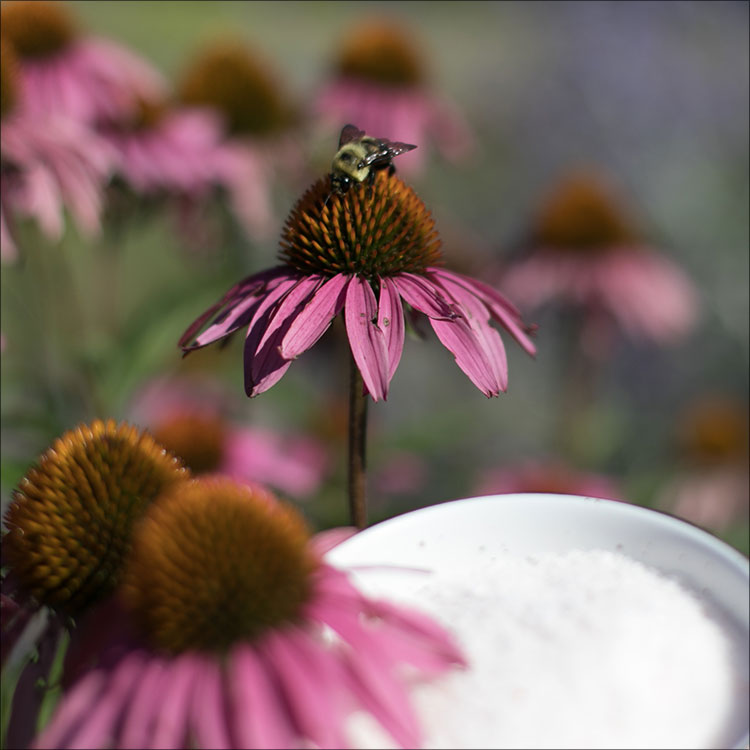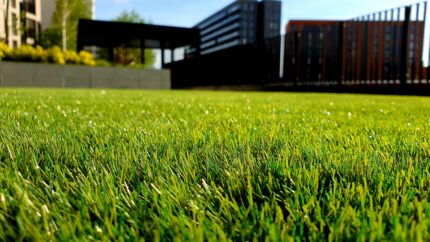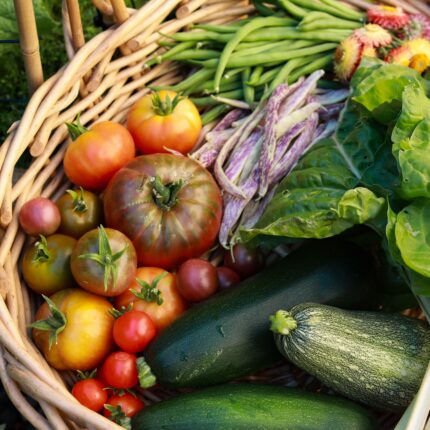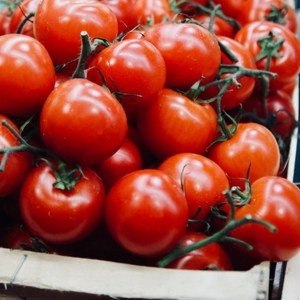Gardening with Epsom salt
Grow bigger, better plants with Epsom salt. Experts recommend gardeners use Epsom salt to prepare soil for planting and to treat and feed specific plants, including peppers, tomatoes, fruit and roses. Epsom salt can also help keep house plants, lawns, trees and shrubs healthy.





